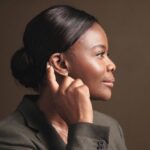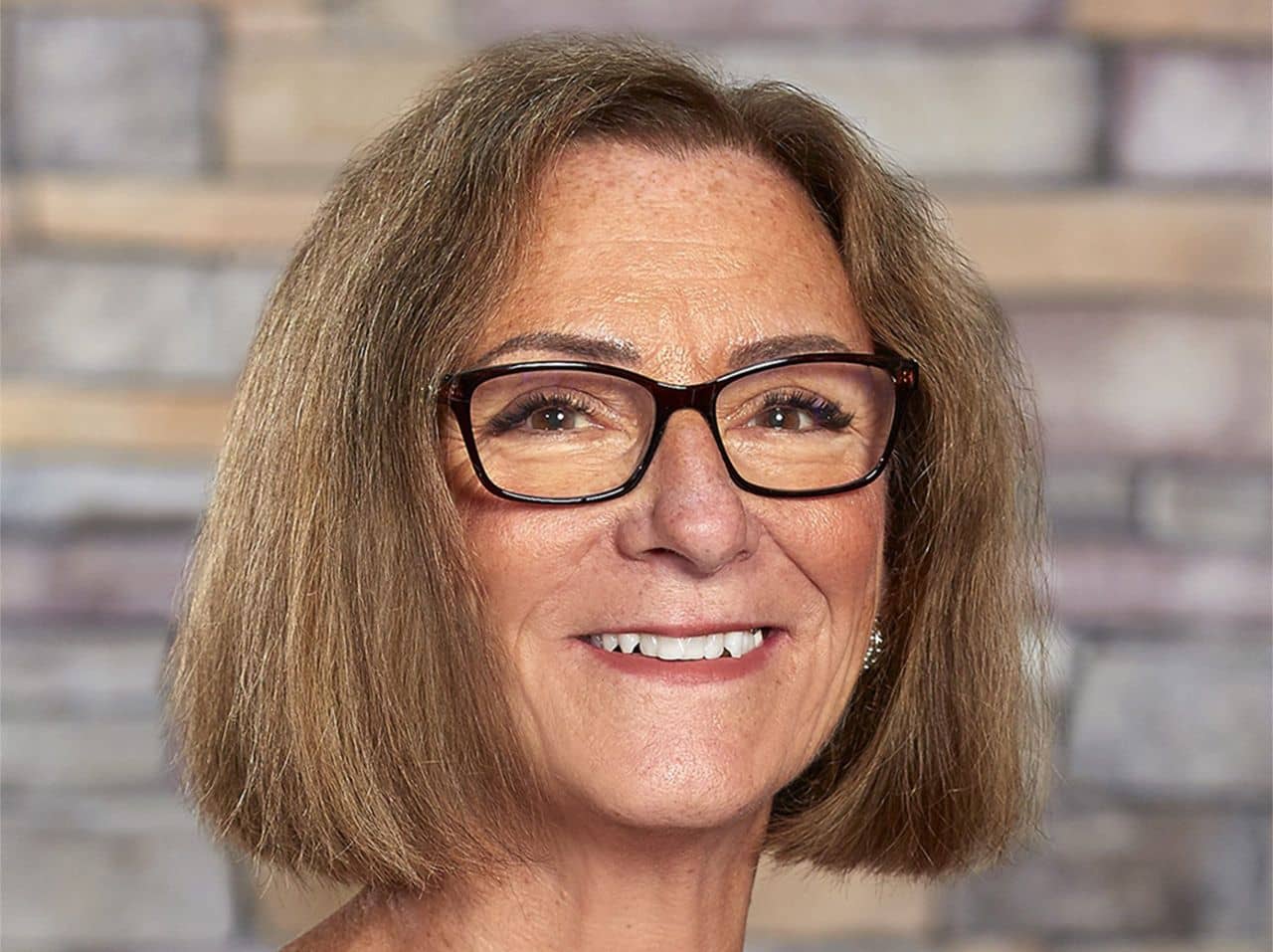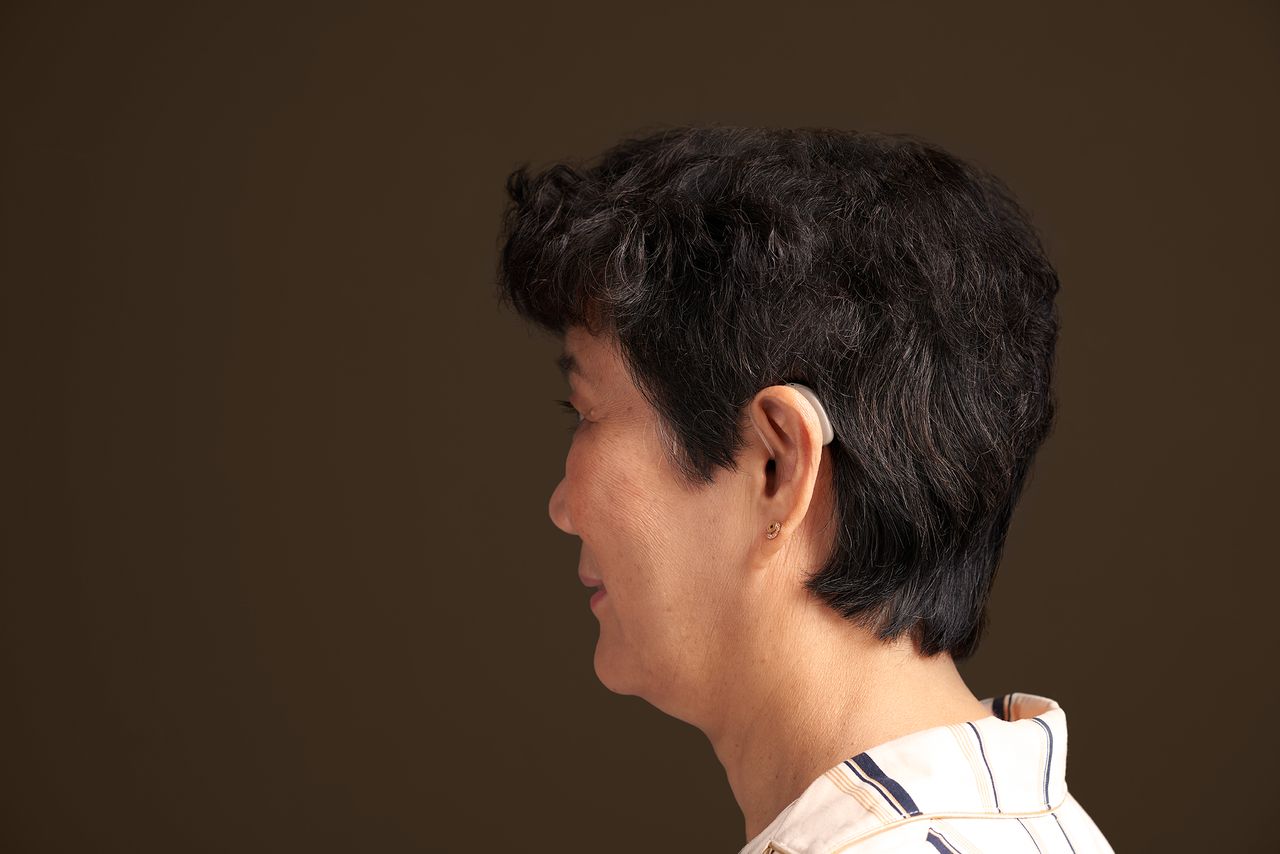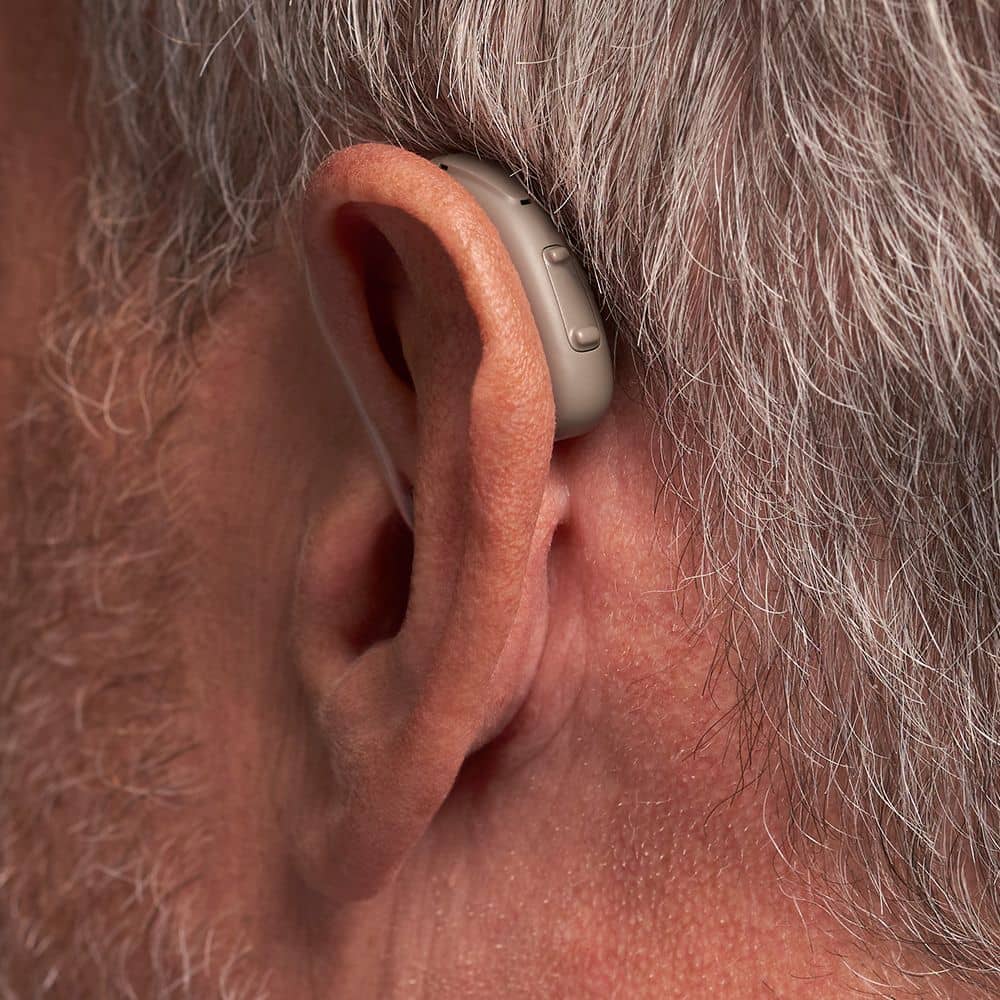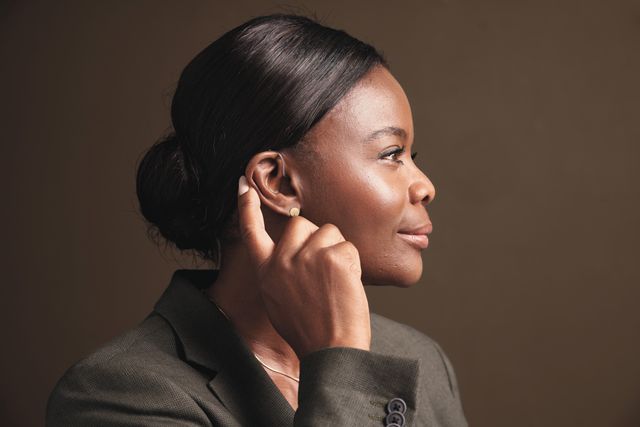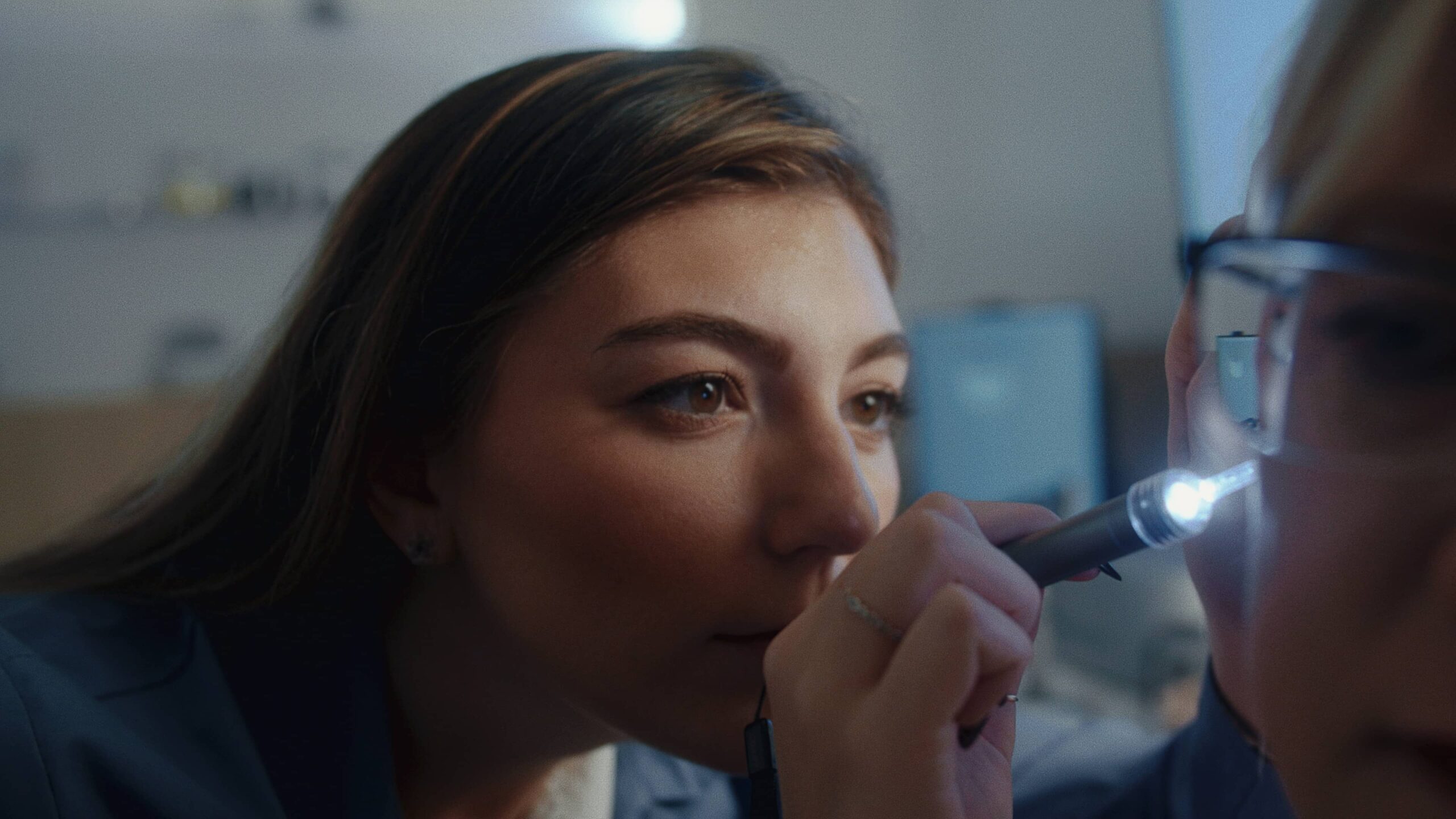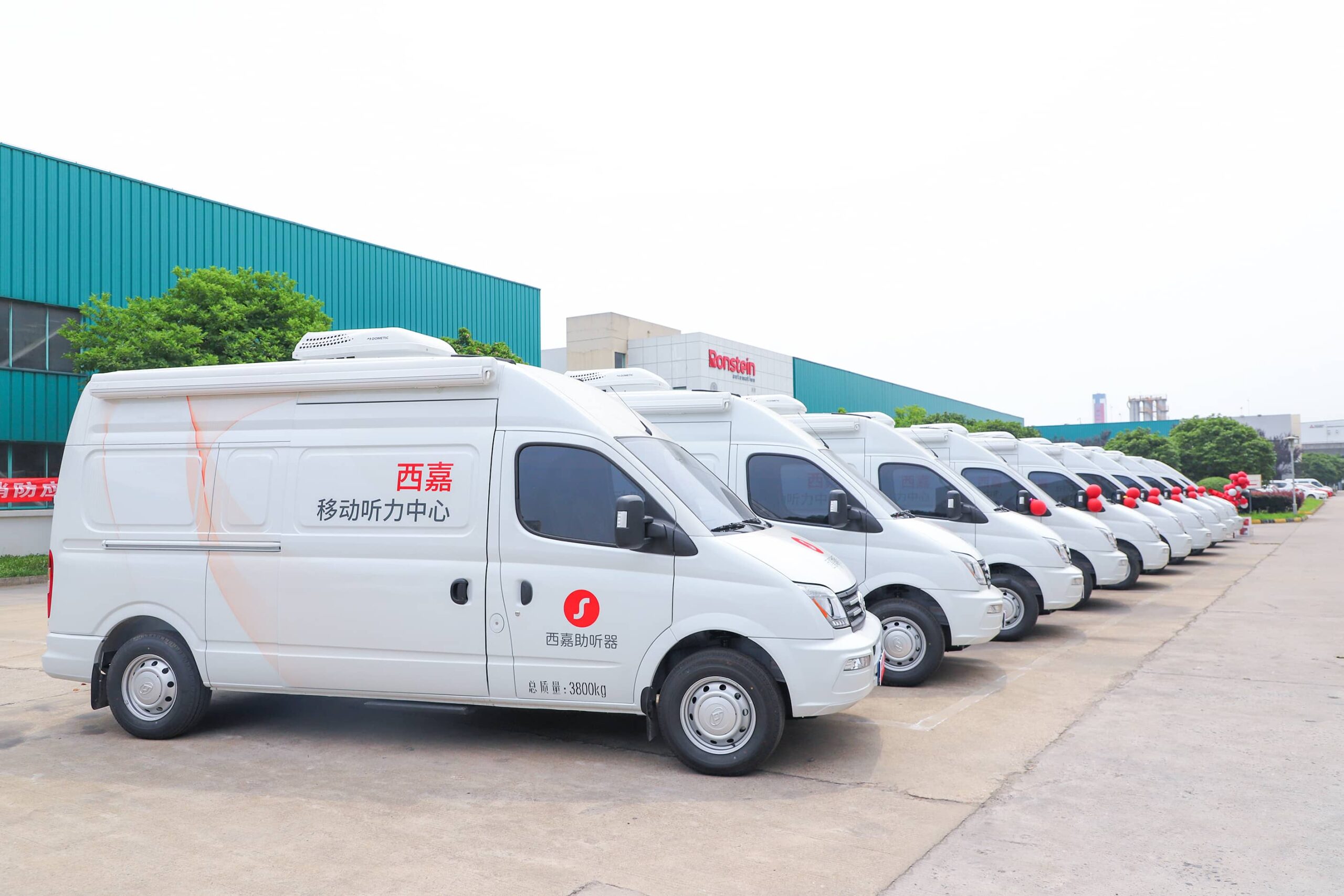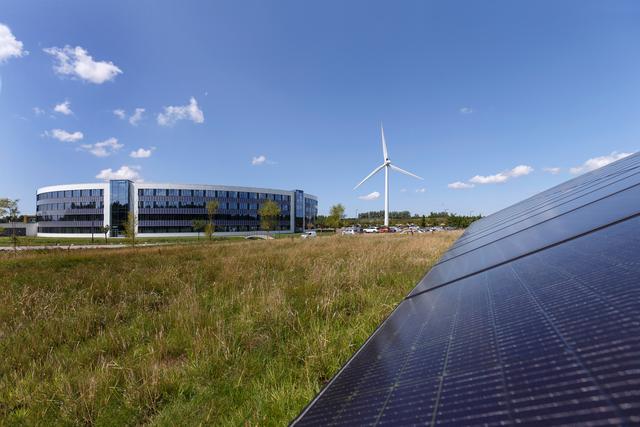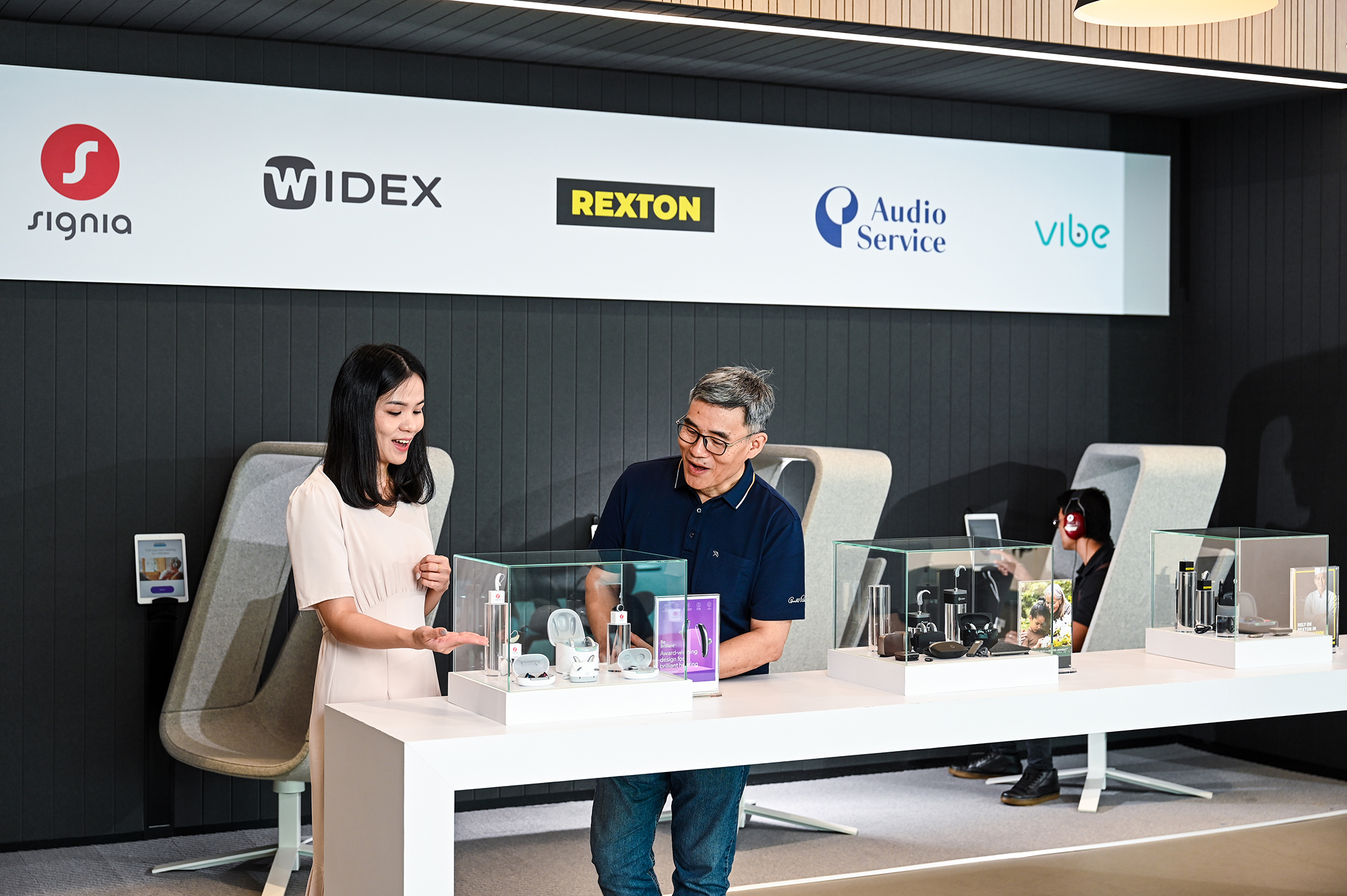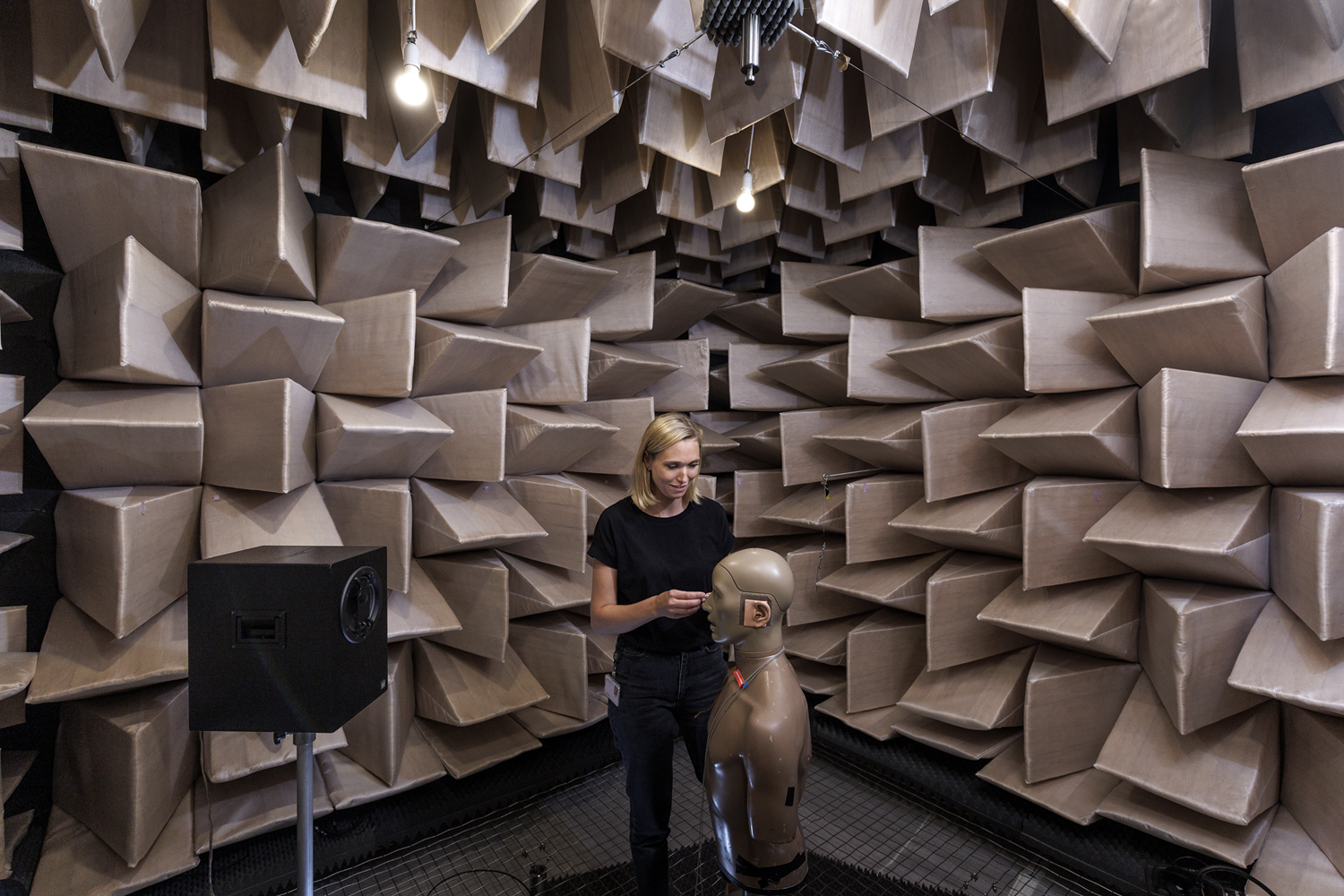- 1270million people with mild hearing loss
- 410million people with moderate hearing loss
- 35million people with severe hearing loss
- 20million people with profound hearing loss
- 15million people with complete hearing loss
Hearing aids fitted by hearing care professionals (HCPs) or sold over-the-counter (OTC) directly to consumers without prescription.
A person with mild hearing loss may struggle to hear sounds like dripping water, quiet conversations, leaves rustling, feet shuffling on floors/carpets, and birds chirping.
Hearing aids fitted via hearing care professionals and audiologists.
People with moderate hearing loss may have difficulty hearing conversations in noisy environments, such as restaurants or busy streets, and will require hearing aids to assist them in hearing more clearly.
Hearing aids fitted via hearing care professionals and audiologists or bone-anchored hearing aids (BAHA) covering surgical titanium implants.
Severe hearing loss affects an individual’s ability to hear sounds that are loud or at a normal volume and can have a significant impact on a person’s communication, social interactions, and overall quality of life.
Hearing aids fitted via hearing care professionals and audiologists or bone-anchored hearing aids (BAHA) covering surgical titanium implants
Profound hearing loss is the most severe type of hearing impairment and individuals may be unable to hear any sounds at all or may only be able to hear very loud sounds.
Electronic cochlear implants surgically inserted.
Complete hearing loss, also known as deafness, refers to the total inability to hear any sound at all. It is a severe and permanent hearing impairment that affects a person’s ability to communicate, learn, and interact with others.
